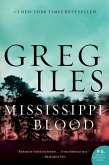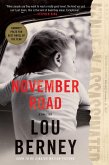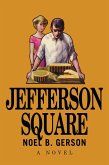In "Kennedy Square," Francis Hopkinson Smith crafts a vivid narrative that intricately weaves together the lives of its characters against the backdrop of a bustling urban environment in post-Civil War America. The novel, known for its rich, descriptive prose, encapsulates the social dynamics and cultural transformations of its time. Smith's engagement with themes of community, resilience, and the intersection of personal dreams and collective experiences is significantly portrayed through the interactions at the titular square, making the setting as much a character as the individuals who populate it. Francis Hopkinson Smith, a multifaceted artist and author, drew inspiration from his experiences as a prominent figure in early American art and architecture. His background in engineering and his extensive travels provided Smith with a unique perspective on the social landscapes he depicts in his work. These influences, combined with his firsthand observations of urban life, underpin the authenticity and depth of character exploration found in "Kennedy Square." Smith's ability to blend his artistic sensibilities with narrative storytelling showcases his literary prowess. Readers searching for a nuanced exploration of American life in the late 19th century will find "Kennedy Square" an enriching experience. Smith's ability to evoke a sense of place and community, coupled with his insightful character development, not only entertains but also offers a reflective commentary on the societal challenges of his time. This novel is recommended for those who appreciate stories that celebrate the human spirit amid urban change.
Dieser Download kann aus rechtlichen Gründen nur mit Rechnungsadresse in A, B, BG, CY, CZ, D, DK, EW, E, FIN, F, GR, H, IRL, I, LT, L, LR, M, NL, PL, P, R, S, SLO, SK ausgeliefert werden.









